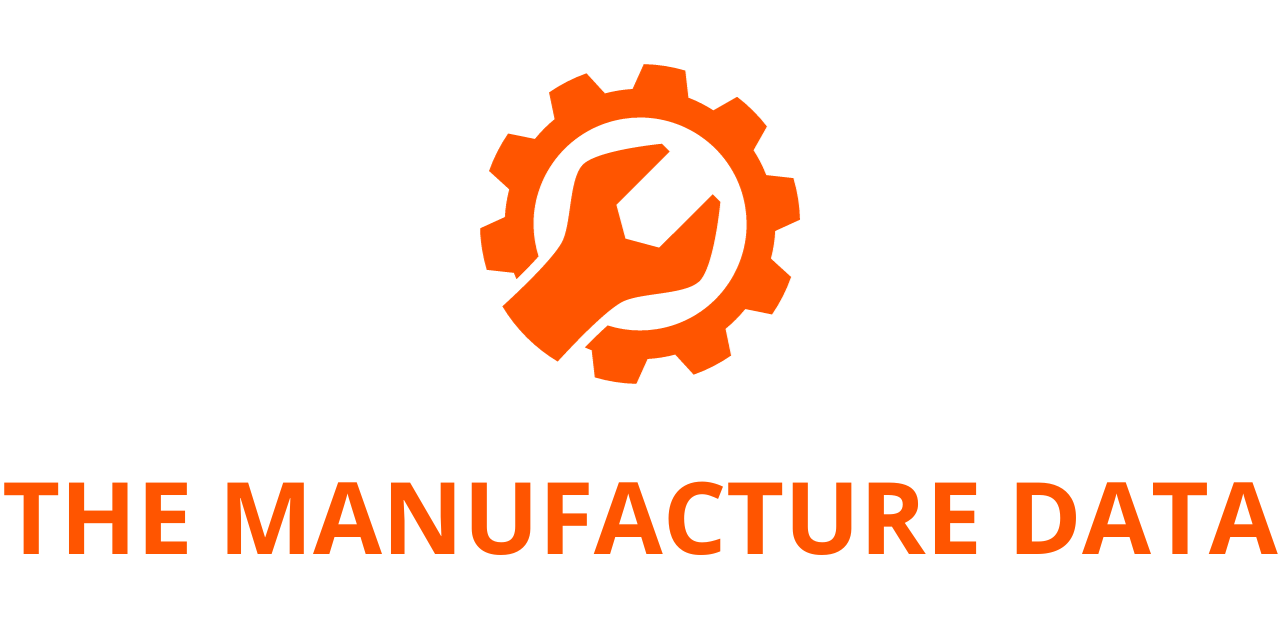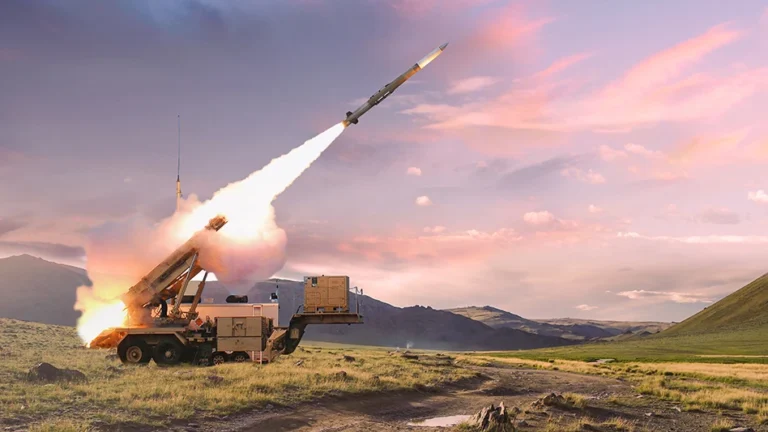
Ford Unveils $5 Billion Push into Affordable EVs with New Platform, Production System, and Midsize Electric Truck
Ford Motor Company is making one of its most ambitious moves yet in the electric vehicle space, unveiling a revolutionary engineering and manufacturing approach designed to deliver a new generation of affordable, high-quality electric vehicles to millions of customers worldwide.
The automaker’s latest initiative centers around two major innovations — the Ford Universal EV Platform and the Ford Universal EV Production System — both developed through a unique collaboration between Ford’s century-long manufacturing expertise and the agile, first-principles problem-solving of a California-based electric vehicle skunkworks team.
The result is a streamlined, flexible, and efficient ecosystem aimed at creating software-defined EVs that are not only cost-effective but also fun to drive. The first vehicle to emerge from this system will be a midsize, four-door electric pickup truck, set for assembly at Ford’s Louisville Assembly Plant for both U.S. and international markets, with production targeted for 2027.
Innovation with Purpose
Ford President and CEO Jim Farley emphasized that this project was about more than just building another electric vehicle — it was about ensuring the product was profitable, sustainable, and appealing to customers in every way that matters: design, performance, cost of ownership, and utility.
“We knew there was no incremental path to success,” Farley said. “We tore up the traditional moving assembly line concept, empowered a small, independent team, and charted a new course that includes being the first automaker to manufacture prismatic lithium iron phosphate (LFP) batteries in the United States.”
The platform is engineered to be radically simpler and more efficient:
- 20% fewer parts than a typical vehicle
- 25% fewer fasteners
- 40% fewer workstations from dock to dock
- 15% faster assembly time
Ford also promises that the cost of owning the truck over five years will be lower than buying a three-year-old used Tesla Model Y.
Engineering for Efficiency and Performance
A standout innovation is the vehicle’s significantly shorter and lighter wiring harness — over 4,000 feet shorter and 10 kilograms lighter compared to Ford’s first-generation electric SUV.
The cobalt- and nickel-free LFP battery pack doubles as a structural element, forming the floor of the vehicle. This design improves handling with a lower center of gravity, creates a quieter cabin, and opens up additional interior space. Ford says the midsize truck will offer more passenger room than the latest Toyota RAV4, plus the practicality of a lockable truck bed and frunk.
Performance will also be a selling point. Thanks to instant electric motor torque and carefully tuned chassis engineering, the truck is expected to match the 0-60 mph acceleration of a Mustang EcoBoost, with improved downforce for stability.
The Ford Universal EV Production System
On the manufacturing side, Ford has reimagined the factory layout. The “assembly tree” concept replaces the traditional single conveyor line with three separate sub-assembly lines for the front, rear, and structural battery section. Each sub-assembly — including the battery already fitted with seats, consoles, and carpeting — comes together in the final stages.
Large single-piece aluminum unicastings reduce part counts and complexity, while kits delivered to workers include all the tools and fasteners needed in the right orientation, improving efficiency and ergonomics.
This integration between platform and production process allows for assembly times up to 40% faster than current Louisville operations, with an expected net speed improvement of 15% after reinvesting some of that time into automation and insourcing.
Investment in U.S. Manufacturing
Ford will invest nearly $2 billion in the Louisville Assembly Plant for this project, securing 2,200 hourly jobs. The investment includes a 52,000-square-foot expansion to improve material flow, along with advanced digital infrastructure — the fastest network in any Ford plant worldwide — to enhance quality control.
Kentucky Governor Andy Beshear hailed the move as one of the largest investments in the state’s history, reinforcing Kentucky’s role as a hub for EV innovation.
This Louisville investment adds to Ford’s previously announced $3 billion investment in BlueOval Battery Park Michigan, which will produce the LFP batteries for the new truck starting next year. Combined, these projects total around $5 billion and are expected to create or secure nearly 4,000 direct jobs while expanding Ford’s U.S. supply chain.
Ford’s latest push shows the automaker is not just adapting to the electric future but actively shaping it. With a focus on affordability, manufacturing efficiency, and driving excitement, the new midsize electric truck could become one of the most significant EV launches of the decade — and a bold statement of Ford’s commitment to American innovation and jobs.




